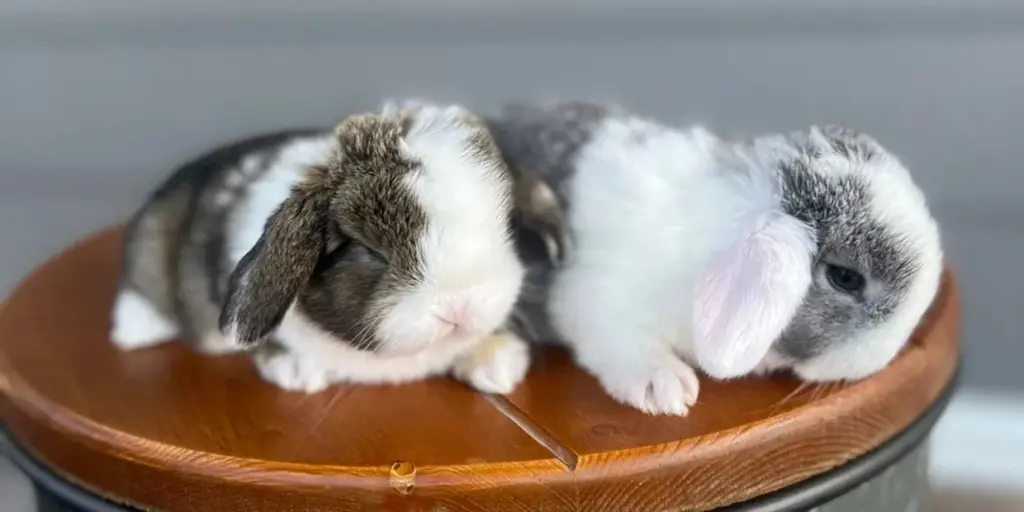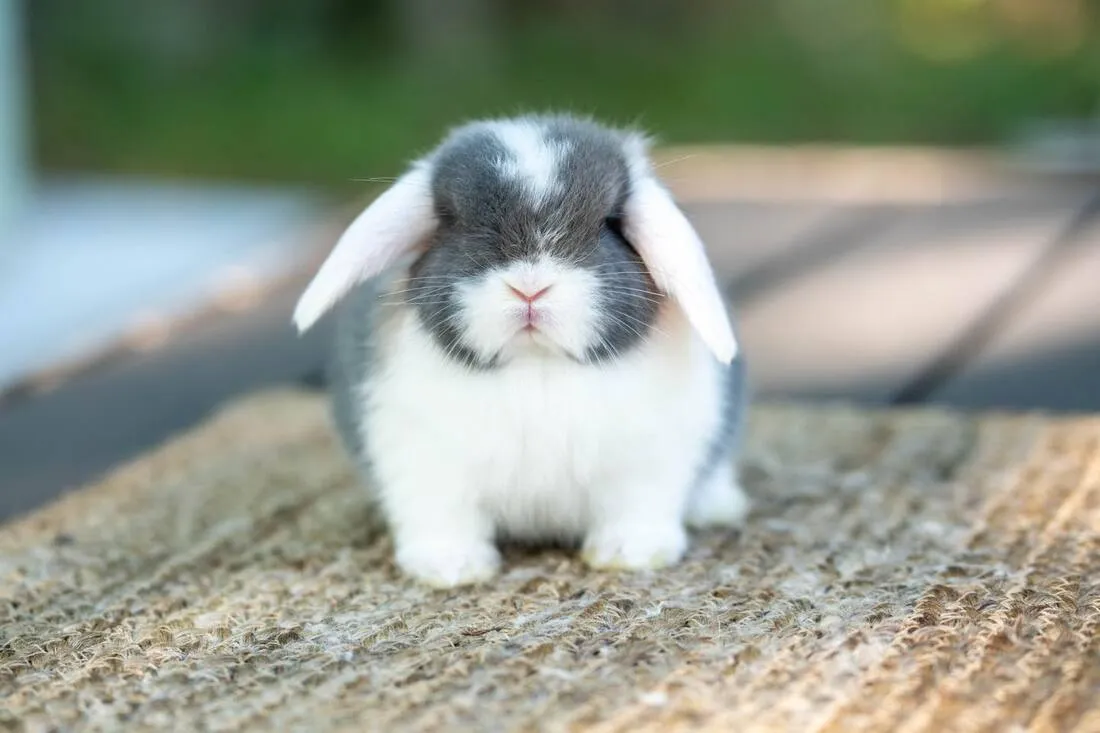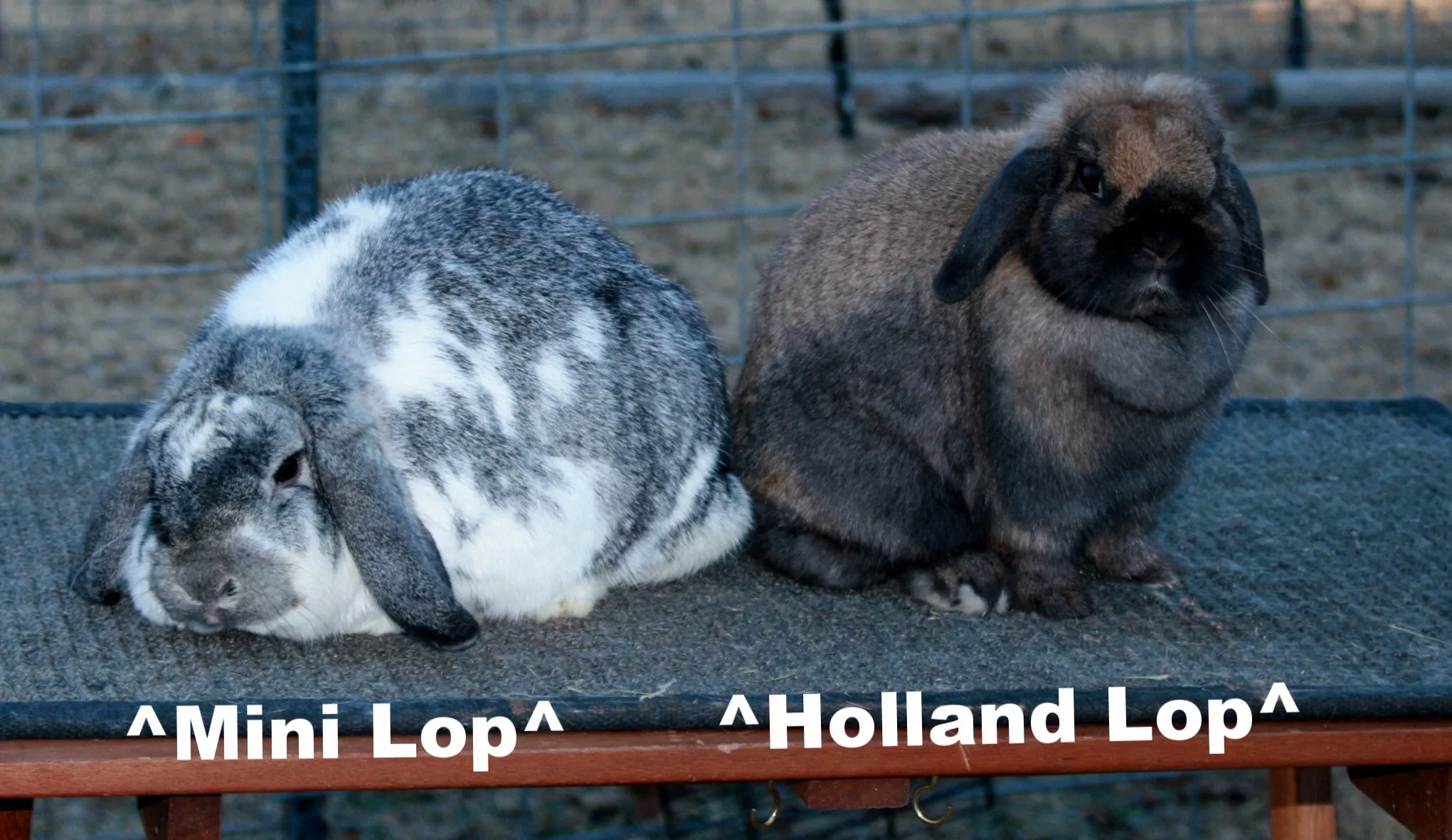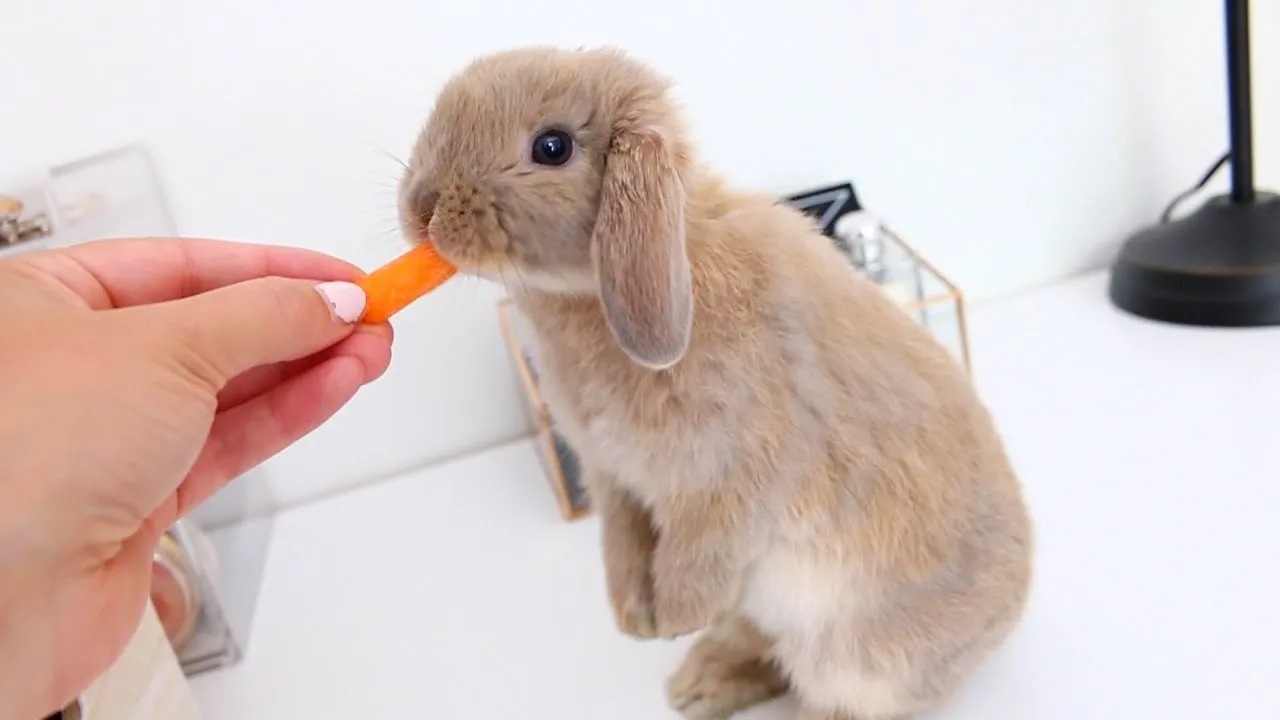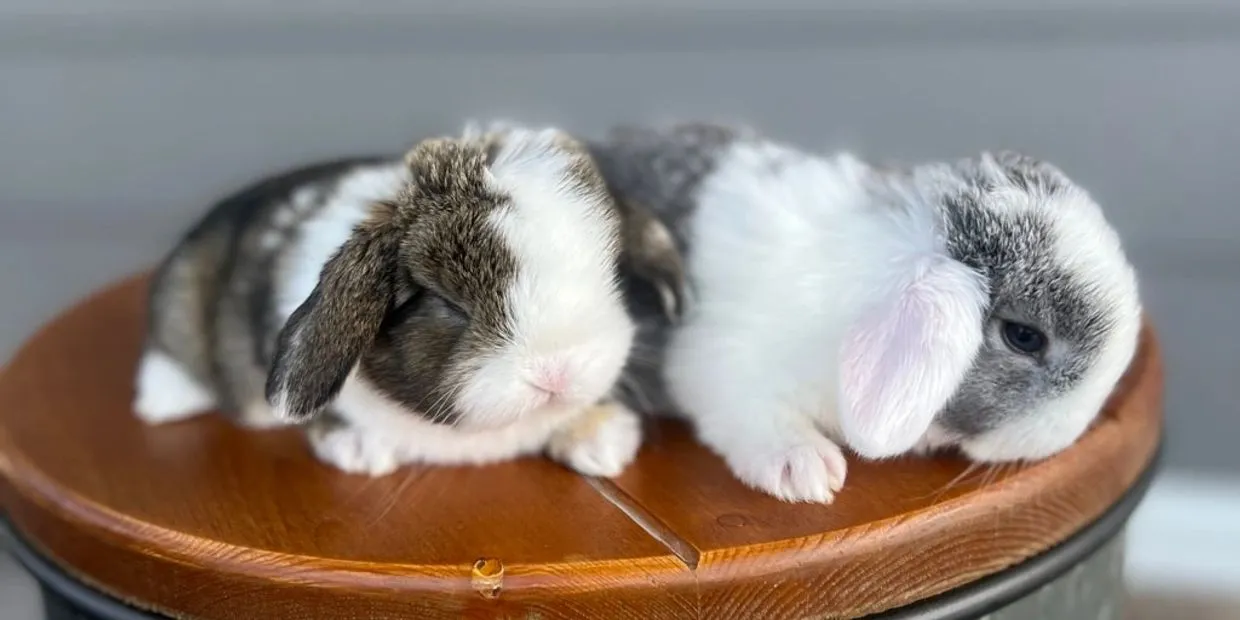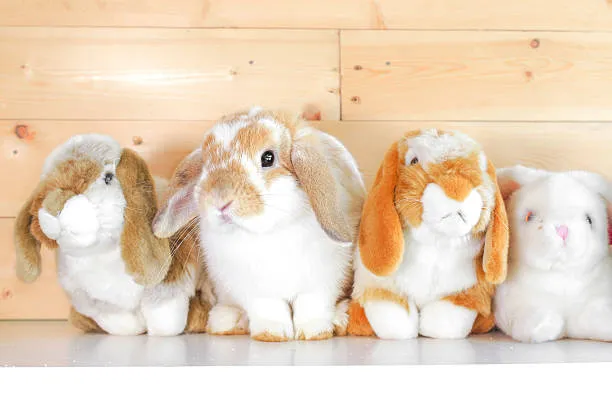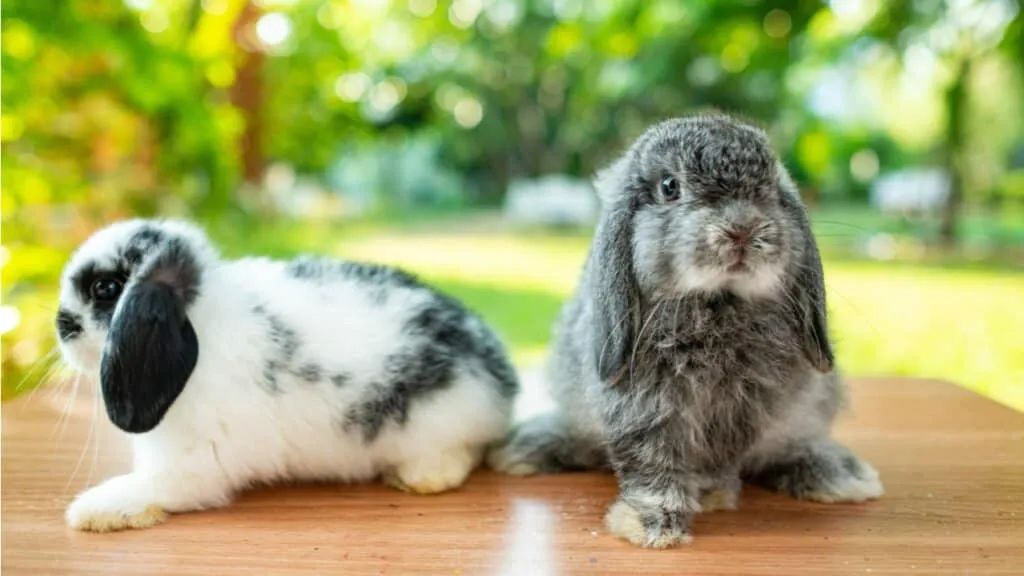When shopping for Holland Lop bunnies for sale, there’s more to think about than price, like breeder reputation, health history, and living conditions.
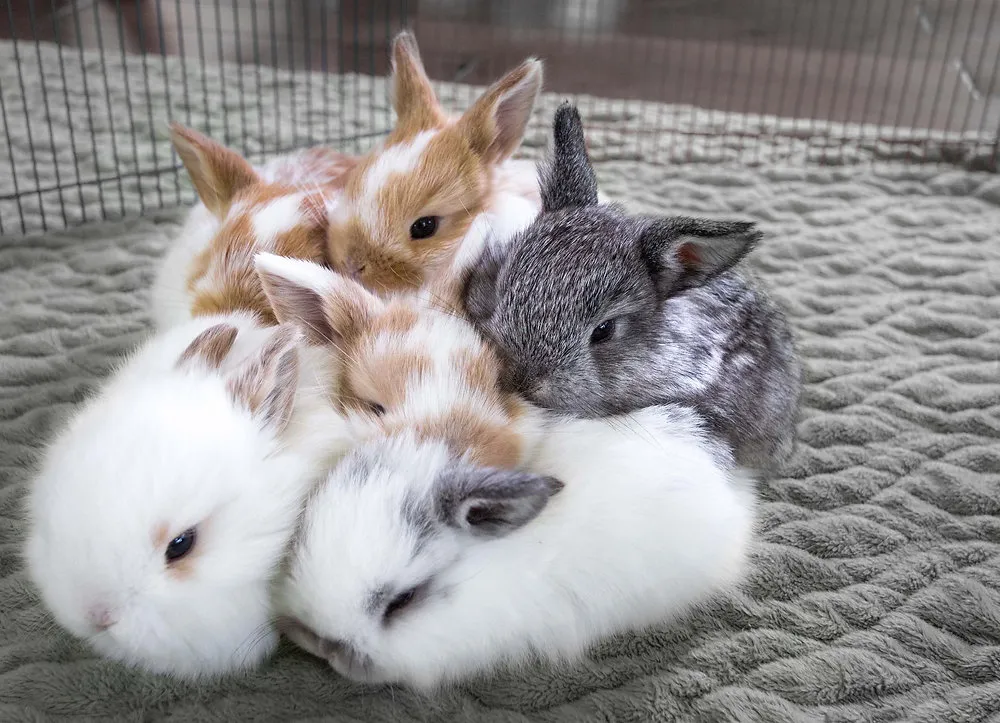
Holland Lop bunnies are one of the world’s most popular domestic rabbit breeds. With their small size, endearing floppy ears, and friendly personalities, they’re ideal pets for singles, couples, and families.
These adorable companions are not just cute—they’re full of character. Known for their calm demeanour and friendly disposition, Holland Lops are ideal for both first-time and experienced rabbit owners.
Whether you’re seeking a bunny for companionship, breeding, or showing, finding the right one requires thoughtful research and informed decision-making.
Holland Lop Bunnies for Sale: Understanding the Breed Before Purchase
Before diving into the process of finding Holland Lop rabbits for sale, it’s a great idea to know why this breed has become so popular.
Originally developed in the Netherlands during the 1950s, Holland Lops were created through cross-pairings of French Lops, English Lops, and Netherlandish Dwarfs.
The result was a compact, muscular rabbit with the now-trademark lopped ears and social, outgoing temperament.
Holland Lops are a dwarf breed, weighing between 2 and 4 pounds when fully grown. They are small, with a short, broad head and large, expressive eyes.
They have soft, dense coats in an enormous variety of colours and markings. No two rabbits are the same, and many prospective owners fall instantly in love with the new pet.
They are gaining popularity as home pets due to their versatility. Holland Lops are content with indoor life, enjoy daily human interaction, and can be litter box trained. All these qualities make them one of the friendliest breeds of rabbits to have in this day and age.
Choosing Between Breeders and Rescues
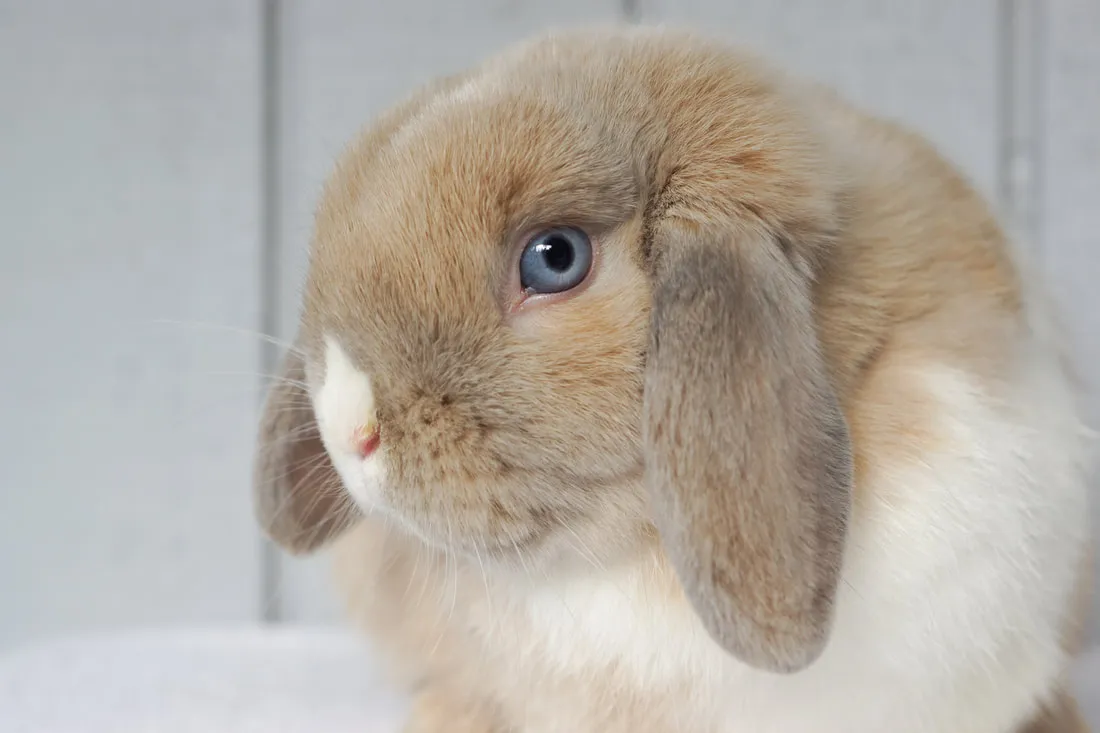
When searching for Holland Lop rabbits for sale, one of the first decisions is whether to rescue from a rescue centre or purchase from a breeder.
Respected breeders will also typically provide a health certificate, pedigree, and some characteristics such as show quality or colour. This is especially helpful if you’re going to breed or show your rabbit.
Another option is to adopt a bunny from a rescue or a shelter, which is a compassionate decision that provides a loving home to a bunny in need.
Holland Lops adopted from rescues may be spayed/neutered, litter trained, and socialised and make ideal pets for non-pet homes.
It’s always a good idea to look into where you’re buying or adopting from. Responsible breeders and rescues will both have roomy, clean living situations for their animals and offer you guidance as a new owner.
Sellers that are advertising several breeds with little background, that are more concerned with the quantity of rabbits than the quality of the rabbit, or that won’t let you see where their rabbit is living are not what you’re looking for.
What to Expect from a Healthy Holland Lop
A healthy Holland Lop will be active, inquisitive, and well-groomed. The coat will be shiny and clean with no baldness, matting, or parasites. The eyes will be bright and clear, and the ears will have no wax or discharge.
Observe how the bunny hops—healthy Holland Lops must hop freely and not indicate limping or stiffness. They must also be hungry and have firm droppings.
Before making a purchase, get details on any prior health problems, vaccinations, or medical attention the bunny has had.
Responsible breeders and rescues will also allow you to ask questions freely and offer advice on diet, placement in the environment, grooming, and overall care.
Some will even provide after-adoption follow-up service so you and the bunny become well-acclimated in your new environment.
The Ideal Age to Bring a Bunny Home
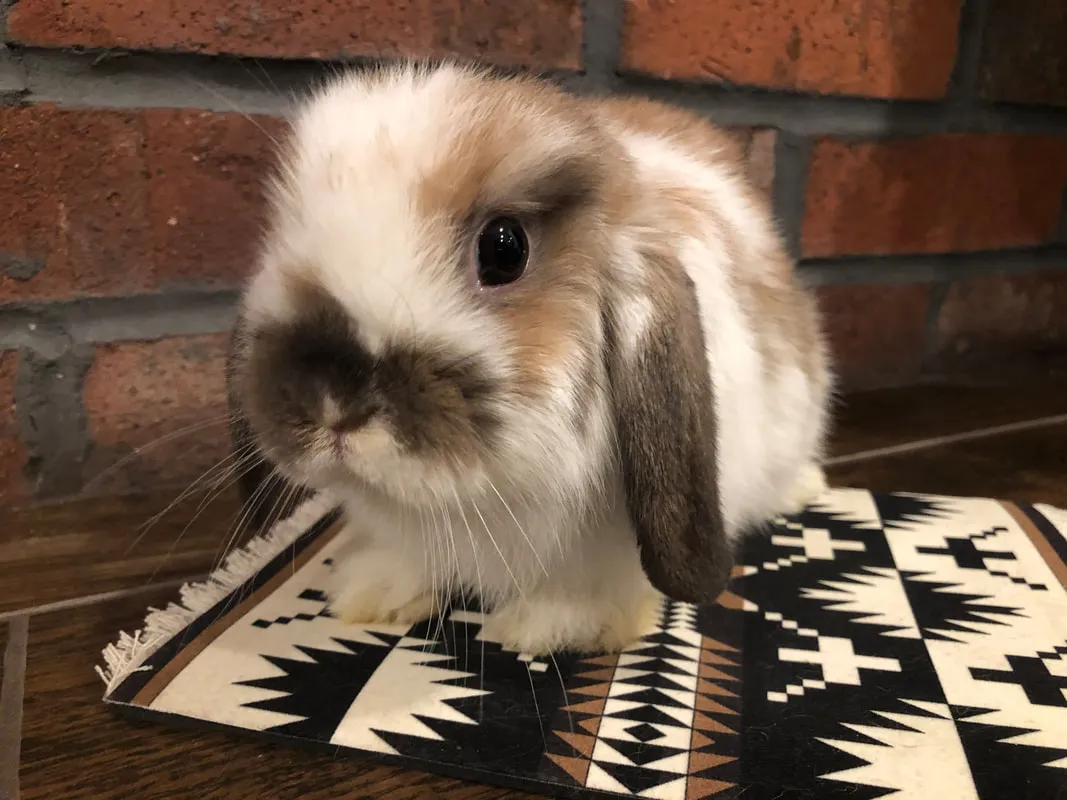
Holland Lop rabbits are weaned from their mothers at six to eight weeks of age, but most reputable breeders will hold the bunny back until at least eight weeks old before sending it for adoption.
By the time the rabbit is eight weeks old, it has had the opportunity to build up immune reserves and social maturity, with no possibility of illness or behavioural problems.
Baby rabbits may be cuter because of their smallness and baby face, but weaning too early from the mother can result in digestive issues, stress, and improper socialisation. If a breeder is offering rabbits for sale that are under eight weeks old, that’s a red flag.
Older Holland Lops, especially those over four months, are often calmer and more resilient. They’ve had more time to interact with humans and other rabbits and are sometimes even litter-trained.
If you’re looking for a bunny with an already-established personality and care routine, an older bunny might be the perfect match.
Pricing and What Affects the Cost
Holland Lop rabbits can vary pretty widely in price based on a number of factors such as the reputation of the breeder, the age, colour, and bloodline of the rabbit.
Pet quality Holland Lops can range from $50 to $150. Show quality or those with famous bloodlines can cost $200 or more.
Colour also affects price. Certain odd colours or markings, such as blue-eyed whites or tris, are more expensive because of demand and genetic rarity.
Likewise, if a breeder has spent money on selective breeding, vet expenses, and floor space, this can be transferred to the price.
Keep in mind, bunny price is just the start. Food, litter, grooming tools, vet care, and a playpen or cage are recurring pet ownership costs.
Some breeders provide starter kits or discounts on future work, so inquire what’s included in the price.
Preparing Your Home for a New Bunny
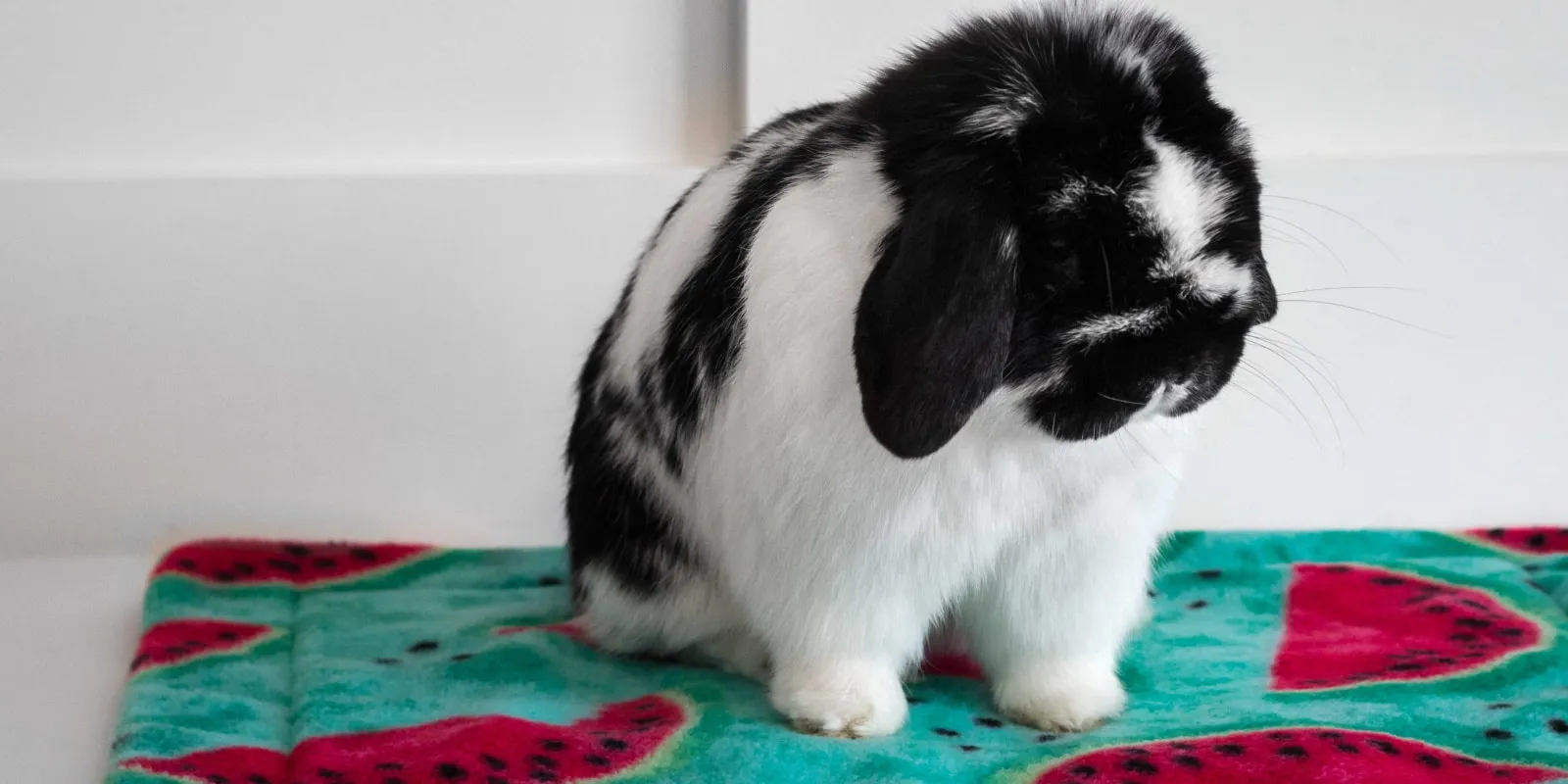
Before bringing a Holland Lop home, prepare your space so that it’s safe, comfortable, and interesting. Indoor housing is generally best because it protects the bunny from very low or very high temperatures, predators, and parasites.
Choose a large cage with solid floors and plenty of space for the rabbit to move around, stretch, and play.
Provide fresh hay, bedding, water, and age-appropriate pellets immediately. Add chew toys, tunnels, and hideaways to render the space interesting.
Rabbit-proof every space the bunny can reach—this includes covering electrical cords, restricting access to poisonous furniture, and eliminating poisonous plants.
Acclimate the bunny to the new space gradually. Give them time to explore, sniff, and acclimate to the surroundings. The first few days must be quiet and calm for them to feel at ease.
You may softly speak to them, offer hand treats, and let them have time to approach you when ready. It may take a while to gain their trust, but Holland Lops soon turn very affectionate to regular and gentle handling.
Legal Considerations and Responsible Ownership
There are homeowners’ association laws or neighbourhood covenants in some places that regulate the keeping of rabbits as pets.
Be sure to find out whether you are allowed to keep rabbits in your home or inside city limits. If you are renting your home, be sure your rental agreement allows small pets.
Look into spaying or neutering your Holland Lop, especially if you’re anticipating more than a single rabbit.
In addition to preventing unplanned litters, it reduces aggression, territorialism, and the incidence of reproductive cancers. It’s included in adoption by some rescues, and breeders can give you lists of rabbit-savvy vets.
Keeping a rabbit is a commitment. Holland Lops have a lifespan of seven to ten years, and they need daily attention, care, and mental stimulation. Ensure all the family members are alright with the commitment before bringing a rabbit home.
Finding Trustworthy Sellers Online and Offline
In the internet era, potential owners begin their search online. While websites and Facebook pages offer convenient peeks at Holland Lops for sale, beware.
Potential buyers need to look for breeders who offer their location, post pictures of their setup, and answer questions thoroughly.
Avoid those websites that act like bulk listing sites or that contain generic photos with no breeder contact information.
A good breeder will usually include information on the date of birth of the bunny, the diet, the temperament, and other defining characteristics. Some will even offer interviews or questionnaires to ensure you’re the best match for the bunny.
Local options are also available. Go to local rabbit shows, small animal expos, or open houses at rabbitries where you meet the breeders in person.
These are opportunity times when you can learn a bit about the breed, ask a question or two, and see how the rabbits are handled and cared for.
Once your Holland Lop feels at home at your house, the fun starts. Your bunnies love attention and will soon be a huge part of your daily life.
Take time every day to play, cuddle, or just sit with them. As your rabbit becomes more at ease, their personality will show through.
Holland Lops are either playful and energetic or cuddly and easy-going. Each one has its beat and preference.
Treat your rabbit with respect and care at all times. With time, patience, and trust, the bond will be strong, and your rabbit will be a cherished member of the family.
Training is yet another means of bonding. Litter box training, name recognition, or even simply tricks such as “come” or “spin” can be enjoyable and easy. Treats and positive reinforcement build confidence and encourage interaction.
Final Musings on Buying Holland Lop Bunnies
Welcoming a Holland Lop rabbit into your life is a joyful yet responsible decision. Adopting from a rescue or purchasing from an honest breeder, preparation, love, and dedication are paramount.
These small rabbits introduce warmth, amusement, and love that make any home they are in a warmer place.
By choosing the right one, being properly prepared, and opting to provide proper care, you ensure a healthy life for your rabbit, but also for you.
Holland Lops are not merely pets but friends, entertainers, and gentle hearts that brighten your day’s moments.

